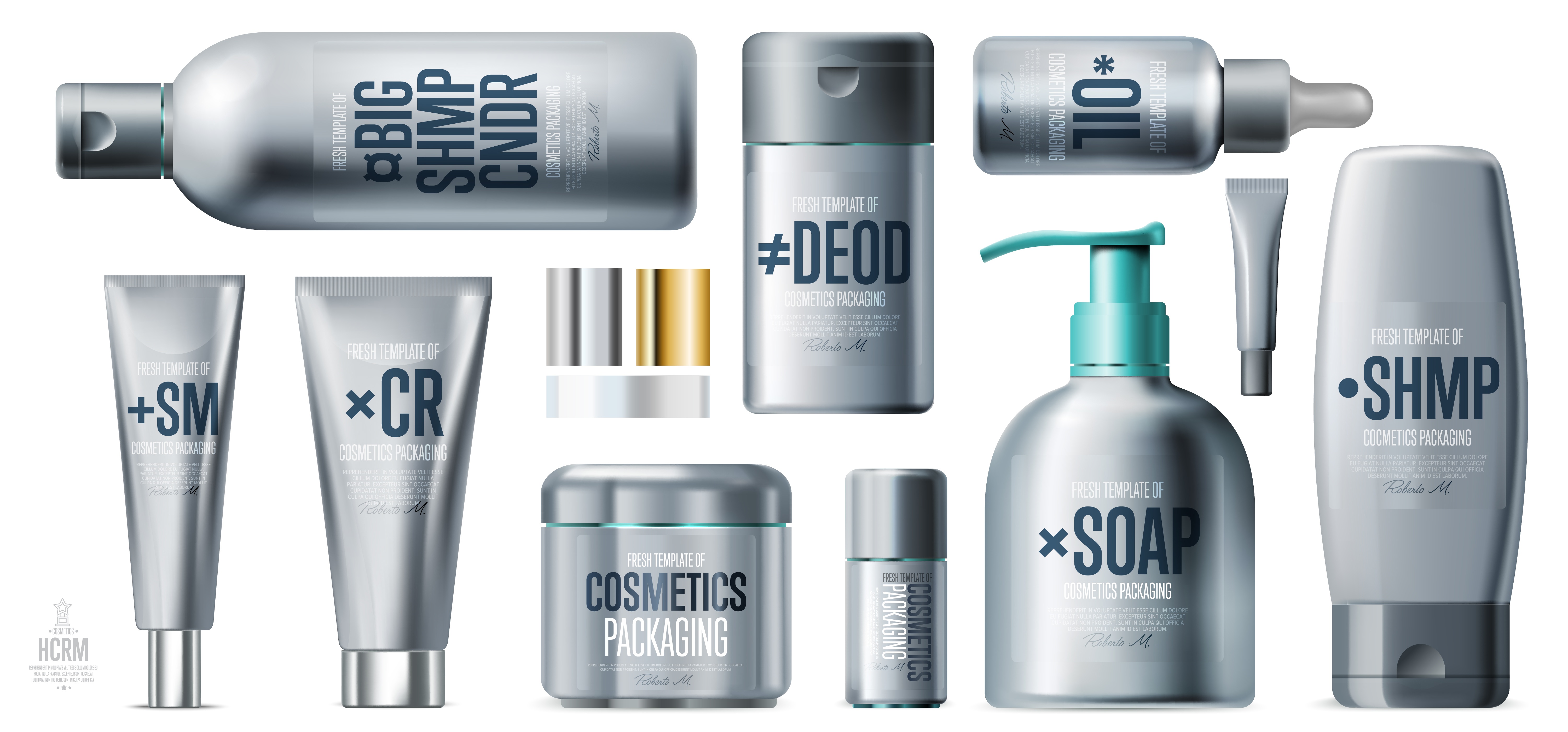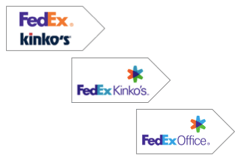
The key to developing the right brand portfolio is balancing how many brands you need to achieve your business ambitions against how many brands you can afford to support with the available budget.
Most marketers don’t wake up one morning and realize they have a problem with their brand portfolios. The vast majority of organizations have never explicitly considered how many brands they need (their portfolio) or the structure and manner in which those brands are viewed in consumers’ minds (brand architecture). Furthermore, despite the relative lack of corporate attention placed on them, portfolio and architecture issues are the primary source of brand pain and profit loss in most of the companies with which our brand consultant partners have worked.
A frequent contributor to a complex and confusing brand portfolio is ongoing M&A activity without sufficient “rationalization” of the resulting brand portfolio. Another common cause for confusion is an illogical brand architecture—i.e., brands are explicitly linked to one another for no strategically valid reason.
Winning teams drive profitable growth by being ruthless about identifying and then backing those brands with the best potential to create growth. They focus their budgets, energy, and commitment to boost return on brand investment.
How We Define Brand Portfolio Strategy (BPS)
BPS is a long-term approach toward growing the business by establishing an optimal mix of brands that maximize an organization’s relevance and competitiveness across chosen markets. It specifies the optimal number, scope, and role for every brand in the portfolio.
Having too many brands strains financial and human resources, spreading them too thin. If you discover that your brand portfolio needs some rationalization, then you need go down the path of brand rationalization to ensure your portfolio is revitalized.
Considerations for establishing an optimal mix of brands include:
- The future intent for the “right” group of brands
- The optimal quantity of brands to “serve” distinct market segments efficiently
- Clarified roles and relationships among brands to ensure internal and external clarity
To maximize relevance and competitiveness across chosen markets, brands must consider:
- Relevance and high value to target customers
- Competitiveness to win business with those customers
- Attractive market spaces where the business has capabilities to leverage
Imperatives of Brand Portfolio Strategy
Five essential elements make up a brand portfolio strategy:
- The strategic role of each brand, or why it exists in the portfolio (e.g., to penetrate a new market, challenge an incumbent, expand the frame of reference of a parent brand)
- Market scopes of each brand relative to others (distinction among scopes is preferable, but often blurs as portfolios grow complex)
- Relationships among brands in the portfolio—how each brand should be related to the parent, if at all (i.e., brand architecture)
- A well-thought-out migration plan for deliberately moving brands in the
 portfolio to their desired end-states, over predefined periods of time that considers:
portfolio to their desired end-states, over predefined periods of time that considers:
- Phases, activities, milestones
- Roles and responsibilities
- Key trigger points
- Internal preparation/external implementation
- Progress tracking
- Brand rationalization, to assess the strengths and weaknesses of brands in a portfolio. Questions to ask include: Should brands continue to exist or not? Do they need to be repositioned in any way? Alternatively, should they be sold off to re-allocate resources into other brands better aligned with the overall growth strategy?
Flamingo
Modernizing a brand may also require some combination of launching new products, a new approach to advertising, new promotions, and new packaging. Premium men’s personal care products, Harry’s Inc., is launching its first brand out of its offshoot, Harry’s Labs: Flamingo. With a focus on women’s shaving needs, Harry’s is hoping to corner the female shaving market while adding to its existing product portfolio.
Having much lower price points than established brands like Gillette and Schick, Harry’s and DTC upstart Dollar Shave Club (bought by Unilever in 2016) have disrupted the shaving market. With 1 million women already using Harry’s products, Flamingo is a natural first step for the company’s expansion into new territory: Why not offer its products to the other half of the population?
Brands are assets that must be reviewed regularly to evaluate their role and contribution in the overall portfolio. A carefully executed brand portfolio strategy is imperative for uncovering new opportunities and securing long-term growth in an ever-changing marketplace.
Carefully assessing and consistently measuring your brand portfolio strategy and brand architecture will assure healthy business growth and improved operations overall. When well-conceived, developed, and clarified, the roles, scopes, and relationships among brands can help to optimize a portfolio to achieve business objectives.
Recent Posts
Posts by Topics
- Brand Strategy (57)
- Brand Strategy Consulting (28)
- Brand Differentiation (27)
- Customer Experience (24)
- Brand Positioning (22)
- Marketing Strategy (9)
- Brand Extension Strategy (8)
- Customer Behavior (8)
- Brand Architecture Strategy (7)
- Brand Extension (7)
- Brand Growth (7)
- Brand Portfolio & Architecture (7)
- Brand Purpose (7)
- Brand Value Proposition (7)
- Brand Engagement (6)
- Brand Portfolio Strategy (6)
- Brand Storytelling (6)
- Rebranding Strategy (6)
- Brand Awareness (5)
- Brand Image (5)
- Branding (5)
- Rebranding (5)
- Technology (5)
- B2B Brand Strategy (4)
- Brand Experience (4)
- Value Proposition (4)
- Brand Extendibility (3)
- Brand Metrics (3)
- Brand Repositioning (3)
- Corporate Branding (3)
- Differentiation Strategy (3)
- Measurement & Metrics (3)
- Brand Engagement Strategy (2)
- Brand Portfolio (2)
- Brand Promise (2)
- Brand Voice (2)
- Digital Marketing (2)
- Digital and Brand Experience (2)
- Employee Brand Engagement (2)
- Brand Architecture (1)
- Brand Development (1)
- Brand Equity (1)
- Brand Identity (1)
- Brand Measurement (1)
- Brand Name (1)
- Brand Strategy Consultants (1)
- Brand Strategy Firms (1)
- Digital Strategy (1)
- Internal Branding (1)
- Messaging (1)


